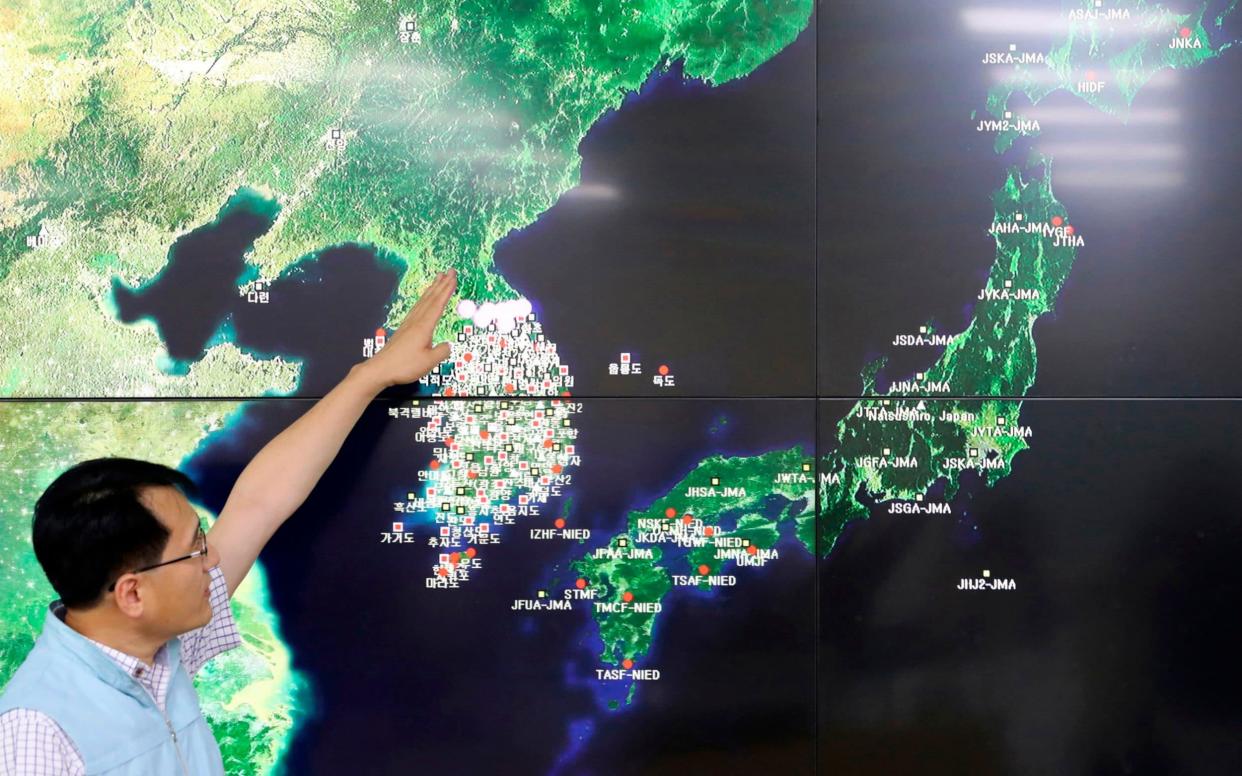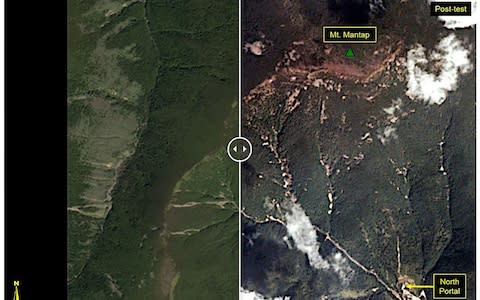North Korea nuclear programme rocked by 'collapse' of test site

Part of North Korea’s main nuclear weapons testing site may not be usable for further trials following a collapse in the mountain above it, according to a report by a team of Chinese geologists.
According to researchers at the University of Science and Technology (USTC) a collapse in a cavity at Mount Mantapsan, above northwest North Korea’s Punggye-ri nuclear test site, occurred after the country’s latest nuclear tests in September 2017.
A second Chinese study, including input from researchers from the China Earthquake Administration, also said that the collapse was due to the September aftershock. But it did not conclude that the site was now unusable.
The findings come ahead of historic talks between the South and North on Friday, where the leaders are set to discuss denuclearisation on the peninsula.
The USTC study led to speculation the collapse may have informed North Korean leader Kim Jong-un’s decision on Saturday to suspend the country’s nuclear testing.
When it was delivered, the announcement was widely perceived to have been an overture ahead of Friday’s scheduled talks with Moon Jae-in, the South Korean President, and Kim. Pending the outcome of Friday's meeting, Kim is also due to meet with US President Donald Trump in late May or June, with Mr Trump’s stated goal for Kim to agree to scrapping his nuclear weapons programme.

Last September North Korea conducted what it claimed was a test of a thermonuclear bomb at Punggye-ri, which has hosted five of the country’s six tests, with the first taking place in 2006. Four earthquakes in the area were reported following the bomb test, the yield of which was estimated to be equivalent to over 100 kilotons of TNT: North Korea’s biggest yet.
The USTC report, which will be published in US science journal Geophysical Research Letters, said: “The occurrence of the collapse should deem the underground infrastructure beneath mountain Mantap not be used for any future nuclear tests.”
The scientists said it was important to “continue to monitor any leakage of radioactive materials that may have been caused by the collapse”. Chinese authorities have conducted tests for radiation near China’s border with North Korea, which is less than 100km from Punggye-ri, and have not reported any radiation risk.
Both studies concluded that a first tremor was caused by an explosion and the second was caused by the collapse of damaged rock above the blast cavity inside the mountain. However, the second study did not say whether the site was still usable.
Korea summit | Read more

We've noticed you're adblocking.
We rely on advertising to help fund our award-winning journalism.
We urge you to turn off your ad blocker for The Telegraph website so that you can continue to access our quality content in the future.
Thank you for your support.
Need help?
Click here for instructions

